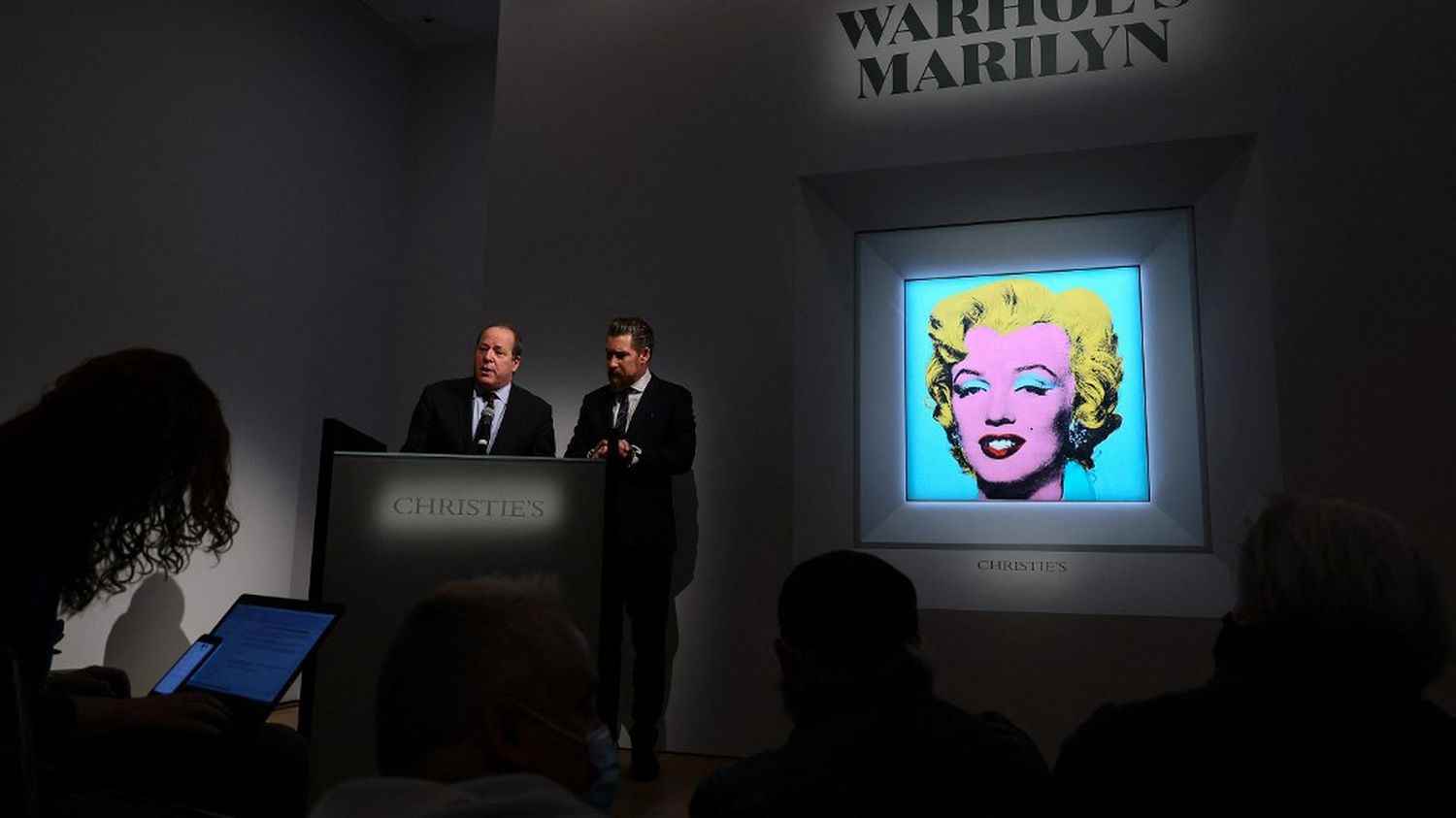Shot Sage Blue Marilyn, a famous portrait of Marilyn Monroe by American pop art master Andy Warhol, auctioned for $195 million on Monday May 9 in New York, has become the most expensive 20th century work of art ever sold at public auction . For Hervé Vanel, professor of art history at the American University of Paris, “we cannot justify speculation mechanisms such as these which are fundamentally unjustifiable”.
franceinfo: Can such a price be justified for a work of art?
Herve Vanel: Warhol has become a trademark. It’s not the “Marilyn” that’s so expensive, it’s the trademark. Now, that’s the problem: you can’t justify speculation mechanisms that are fundamentally unjustifiable. Pop art in general, his in particular, plays with the codes, the values of the capitalist and market system, with the logic of mass production and the consumer society. We are in a rather aberrant situation where we find ourselves faced with an art that plays with these aspects of mass production. Warhol produces in series, in a repetitive way, certain motifs: tin cans, Elvis, Marilyn, Liz Taylor, flowers, Mao… He draws a parallel, an equation between art and the commercial world, where the art can be considered a commodity. It subverts the logic of rarity, and escapes the myth of the masterpiece, the exceptional work and, generally, the traditional values of the fine arts. On the contrary, an exceptional work of art is priceless.
Is it easy for a museum to get a Warhol?
195 million, that is a little beyond understanding. The problem is that at this price, it will have to be kept under glass. Because it makes any circulation extremely difficult. No museum or public establishment has the means to insure a painting at this price.
Can owners of paintings like this lend them to museums for display?
Loan them, no doubt, but you still have to insure them, and at 195 million, good luck.
So it is now impossible to present this “Marilyn” in a Warhol exhibition?
It was already the case. We already found ourselves a few years ago in a situation where instead of being able to exhibit 20 or 30 paintings by Warhol in the same series, we had to choose one or two. That is to say, in a certain way, to reintegrate into Warhol’s work a logic of rarity, of exception which does not belong to him. There really is a form of distortion in his art. In a way, the market system takes its revenge on Warhol.
